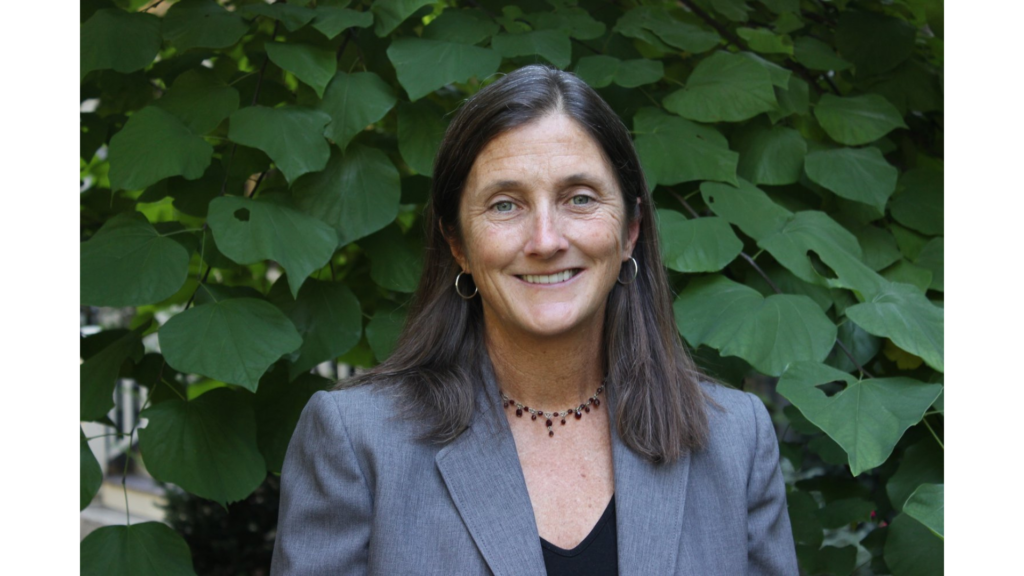In this interview, Lindauer Senior Vice President and Higher Education Practice Co-Lead Paula Fazli reflects on the latest recruiting trends in higher education. A version of this interview originally appeared in a special report by Hunt Scanlon in May 2024.
How do you see the current climate on college campuses affecting the concept of leadership in higher education?
University presidents are under an unprecedented amount of pressure. Over the last decade, senior leaders have had to address a slew of growing internal challenges—shrinking budgets, declining enrollment, and faculty and graduate student unionization drives—that are connected to the operations and the unique structures of higher ed systems. These are ongoing challenges that only continue to intensify.
At the same time, presidents today are also expected to respond to a range of complex, often divisive external challenges—such as global conflict and intense scrutiny from Congress—that are having an increasing impact on campus culture and climate.
Leaders who came up through the traditional career pipelines of higher ed and who are equipped to manage the former, internal challenges are, more and more, being asked to exhibit the kind of crisis management skills needed to weather the latter, external ones—and not always succeeding.
What are some current trends that you are seeing for recruiting senior leaders for colleges and universities?
From a recruiting perspective, it can be challenging to find candidates who are able to manage these two very different sets of high-level challenges. To adapt to a rapidly evolving landscape, universities are reconsidering their criteria for top leadership and opening themselves to candidates who may not necessarily fit the traditional profile of a university president.
While some universities have turned to candidates outside of academia, these leaders can lack the deep understanding of higher ed spaces needed to effectively integrate their management skills into leadership roles. One alternative possibility is for institutions to support the development of diverse skill sets earlier in the career pipeline. Vice Presidents, Provosts, and even Deans can benefit from training in how to navigate intense media scrutiny, political unrest, and divided campuses well before they are put in a position to do so.
How can you assist as an executive recruiter?
This kind of paradigm shift is never easy, but as the crises facing presidents grow more common and more complex, I think universities are ready to have this conversation.
There are a few ways we as recruiters can help search committees think more flexibly about their future leaders; one of the most effective measures is simply to give leaders and search committees an example. Public discourse tends to pay attention to leaders who have struggled to adapt to the changing needs of their universities, while actual success stories go relatively unnoticed. These stories are just as important to consider. Who is succeeding? What is their profile like? What is their background? Being intentional about recruiting based on models of success rather than inherited expectations will help higher ed adapt to its new reality more quickly.
I also think it is worth broadening recruitment strategies for certain roles. While the top job might not be the moment to bring in someone who is unfamiliar with how colleges and universities function, industry cross-pollination in other areas can be critical to building more resilient institutions and addressing increasingly multi-faceted challenges.
Are schools expecting higher turnover rates?
I would venture to say that yes, turnover rates are expected to increase; but like so much in higher education, the rates vary immensely from institution to institution. Large public universities and smaller, regional colleges experience different challenges. Some turnover, of course, is healthy as it creates opportunities for new talent to bring fresh energy and ideas to the table. Too much turnover, however, can make it difficult for institutions to fulfill their missions.
Why is this occurring?
It’s not a groundbreaking insight, but I think one reason is the growing pay disparity between roles in higher education and equivalent positions in the corporate world—particularly for early-career professionals. This puts the overall talent pipeline at risk. And when you combine this pay disparity with the immense pressure of navigating the political fault lines on college campuses, you can see why institutions might be worried about their ability to attract and retain talent.
Whereas in the past, the mission of higher education may have been enough to level the playing field in the pursuit of top talent, the job market has become more and more competitive. As universities address student concerns about the value of a college diploma, they are finding it necessary also to think more holistically and transparently about their employee value proposition and what professionals need in order to choose this career path. This reevaluation will help improve institutions’ ability to retain existing talent and recruit new talent for open leadership positions.

Paula Fazli co-leads Lindauer’s Higher Education Practice. Taking a comprehensive approach tailored to each client’s unique needs, goals, and aspirations, she is nationally recognized for high-touch service that guides organizations through leadership transitions and positions them for sustainable success. Throughout her respected career in executive search, Paula has partnered with public and private research universities, private liberal arts colleges, and arts and culture organizations to navigate periods of change and bring in leaders who shape generations of nonprofit professionals.

